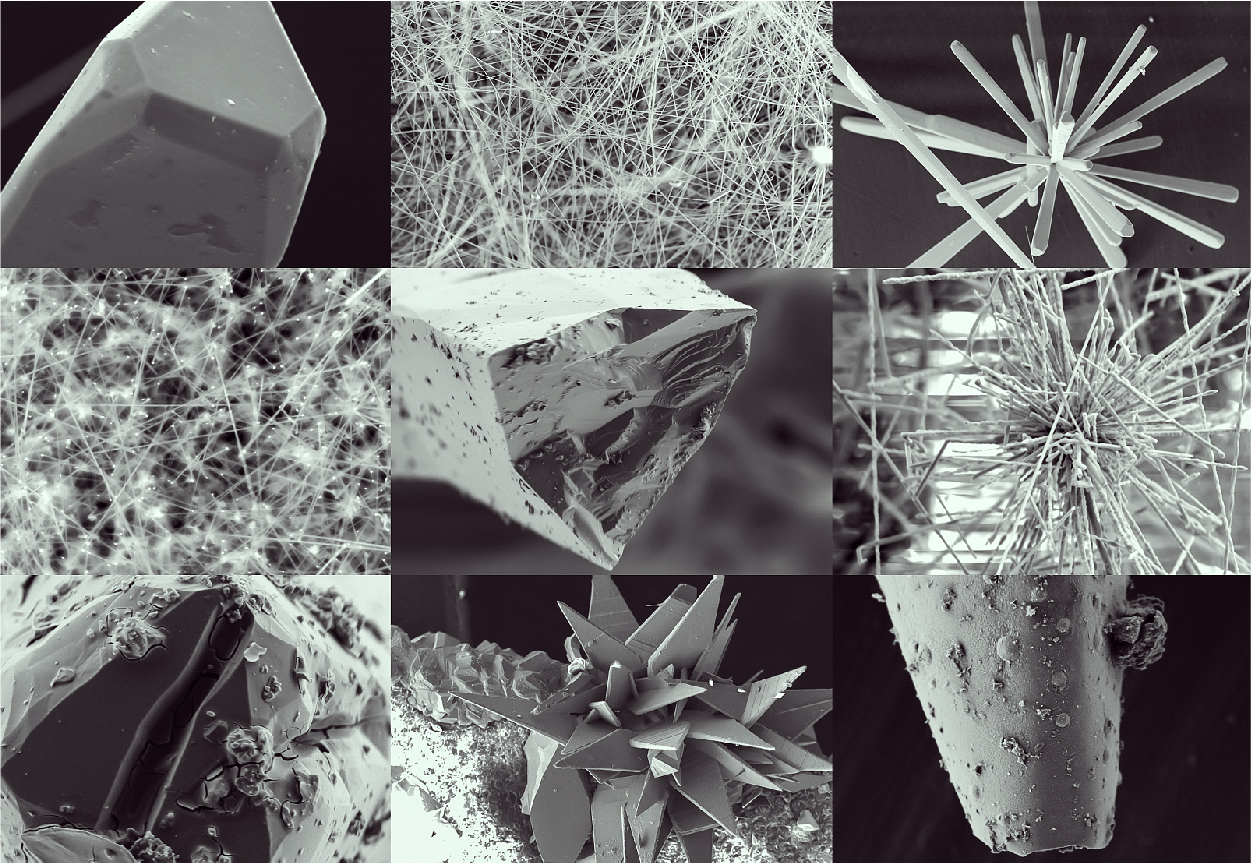Material Testing and Research
Sample Preparation Solutions for Battery Materials
With the development of the social economy and the continuous popularity of applications such as electronic devices, smartphones, and laptops, especially in the context of the rapid development of the global new energy vehicle industry, the advancement of battery technology has become a key force driving the industry forward. The popularization of new energy vehicles has put forward higher requirements for battery demand. The preparation of high-performance battery materials has become a popular research direction for major universities, research institutes, and well-known automotive companies.
According to some of the customer cases we have served in the past, Powteq has introduced the following sample preparation solutions for lithium batteries, which can be used as experimental references.
Case one:
Sample: Graphite
Material properties: Brittle
Instrument used: Mortar Grinder MG200
Grinding kit material: Agate
Preparation requirements: up to 5 microns
Grinding time: 10 minutes
Graphite is a common anode material for batteries, easy to grind, and there are a wide range of sample preparation equipment to choose from. Considering the efficiency and cleanliness, we recommend using the Mortar Grinder MG200.
The MG200 can be described as an “automated instrument for manual mortar and pestle”, which is simple and easy to operate.
01 Planetary ball mill for mechanochemical applications
The mechanical effects of planetary ball mills are ideally suited for mechanochemical synthesis. Mechanical impact forces provide the activation energy required for chemical reactions, allowing complex reactions to be carried out in solvent-free conditions. Reaction types vary from oxidative halogenation and Diels-Alder bis-alkene synthesis to glycoside synthesis or simple regioselective reactions, and mechanochemistry allows reactions that would be difficult to do using conventional methods, such as dehalogenation of waste materials (DMCR). At first large particles can be prepared by this method, with structural defects, such as misalignments in the lattice, gaps and stresses, the rate of diffusion of atoms grows rapidly, eventually forming gaps leading to brittle properties and particles that are more easily fragmented, and friction in the grinding jars generates high temperatures that promote diffusion.
Powteq BM series Planetary ball mill provides energy output necessary for mechanical alloying. It is ideal choice for sample preparations that cannot be processed by melting and pouring, and mixed in arbitrary proportions. During operation, the planetary ball mills can be set to run at high speeds to provide sufficient energy. In addition, Powteq provides safety closure device and aeration lid for grinding jars when ambient atmosphere or inert gas.
Influencing Factors of the Grinding Instrument
Factors such as grinding time, rotation speed, grinding media, ball ratio, filling rate, process control agents, dispersants, and even the gas environment and grinding temperature can have an impact on the results of mechanical alloying preparation. Mechanical alloying, however, is a preparation technique that requires higher energy input and better atmosphere protection to ensure accurate temperature.
In addition to the above-mentioned factors affecting the grinding results, the material of the grinding jar, which is in direct contact with the sample, is also an important factor affecting the grinding results. For example, for mechanical alloying, tungsten carbide is usually chosen, because of its high hardness and density, which makes it relatively one of the best materials for energy input, and is also the necessary material for mechanical alloying in most cases.
02 Planetary Ball Mill for Nanotechnology Applications
How are nanoparticles produced?
They can be produced mechanically by planetary ball mill, chemically and by evaporation and condensation.
How to use a ball mill to do nano grinding
Planetary ball mills can grind large particle sizes down to the nanometer range. Due to the sudden increase in surface area of particles of the same volume, small particles are attracted to each other by electrostatic charges, and colloidal milling can result in nanoparticles as particles are dispersed in liquids to counteract the surface tension and facilitate grinding. Depending on the sample material, both water and alcohol can be used as dispersing media, and in some cases it is necessary to neutralize the surface charge by adding buffers or to add macromolecular long-chain structures to form a site-blocking effect. In order to achieve the desired grinding effect, we can fill the grinding balls with 0.5 to 3 mm diameter up to 60% of the volume of the grinding jar to maximize the friction, fill about 1/3 of the volume of the grinding jar with the sample, and add some suitable dispersants (e.g., water, isopropyl alcohol, buffer) to make the sample evenly dispersed in the form of a paste to achieve the ideal conditions for nano-milling.

Powteq planetary ball mill can grind samples down to the nanometer level.
The grinding jars and balls are made of zirconium oxide, which is the most wear-resistant material.
Stainless steel, agate, sintered aluminum oxide and tungsten carbide grinding jars and balls are available for a wide range of applications.
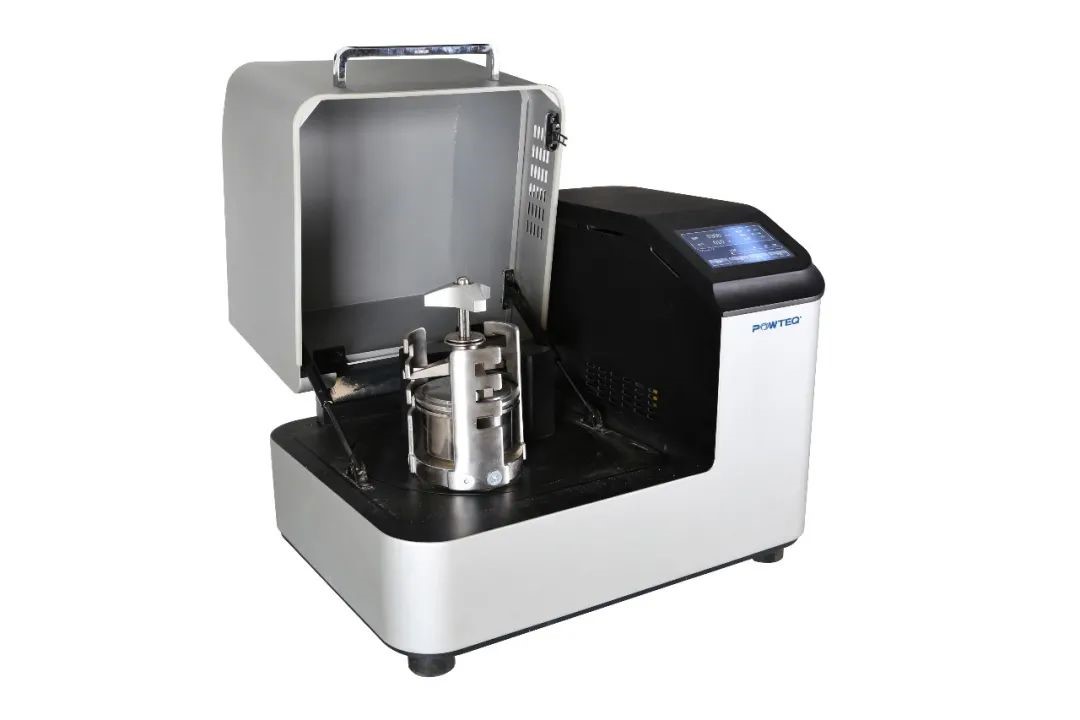
Factors affecting grinding results:
Grinding equipment, rotational speed, grinding time, media, ball-to-material ratio, filling ratio, atmosphere, process control agents, dispersants, grinding temperature.
03 Tips of achieving good grinding effect
Pre-crushing
Depending on the initial fineness and final fineness of the sample, a pre-milling process is necessary. Dry milling is usually carried out by using >3 mm diameter grinding balls, with a 1:1:1 ratio of ball:material:residual space, and the resulting sample can be used for the next step of nano-milling.
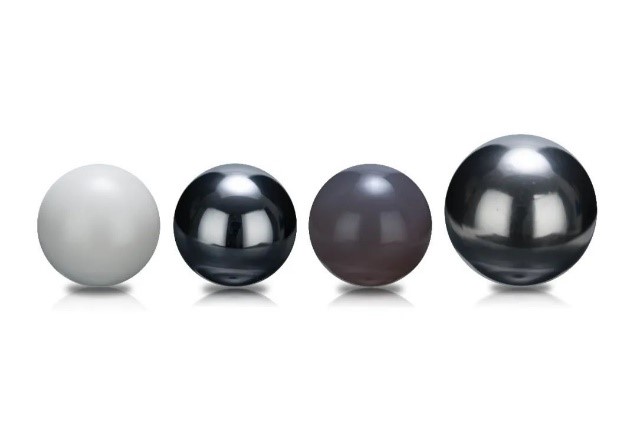
We recommend that you choose grinding balls made of the same material as the grinding jar to avoid unnecessary elemental contamination!
If very high fineness of the sample is required, we recommend using a secondary grinding with grinding balls of 0.1 to 0.5 mm diameter, especially if the size of the grinding balls used in the first grinding is 2 - 3 mm in diameter.
Notes:
- The diameter of the grinding balls must be at least 3 times larger than the feed size.
- For better separation of the sample from the grinding balls, a sieve (with aperture 20% to 50% smaller than the grinding balls) and a collecting pan can be used for better separation of the sample.
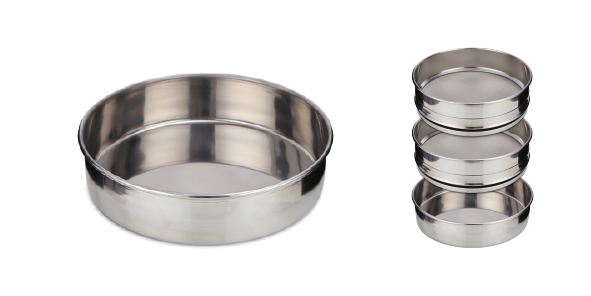
If the sample dissolves during wet grinding, it is necessary to add more dispersant to keep the grinding balls and the sample well-mixed, and if the sample is extremely soluble, it is recommended that it be diluted prior to grinding.
Notes:
- Due to the heat generated during grinding, the temperature of the grinding jar can be as high as 150°C, so be careful when picking up the grinding jar.
- Special attention must be paid to the pressure in the grinding jars. Therefore, it is recommended to use the grinding jars of the BM series with safety valves and venting caps.
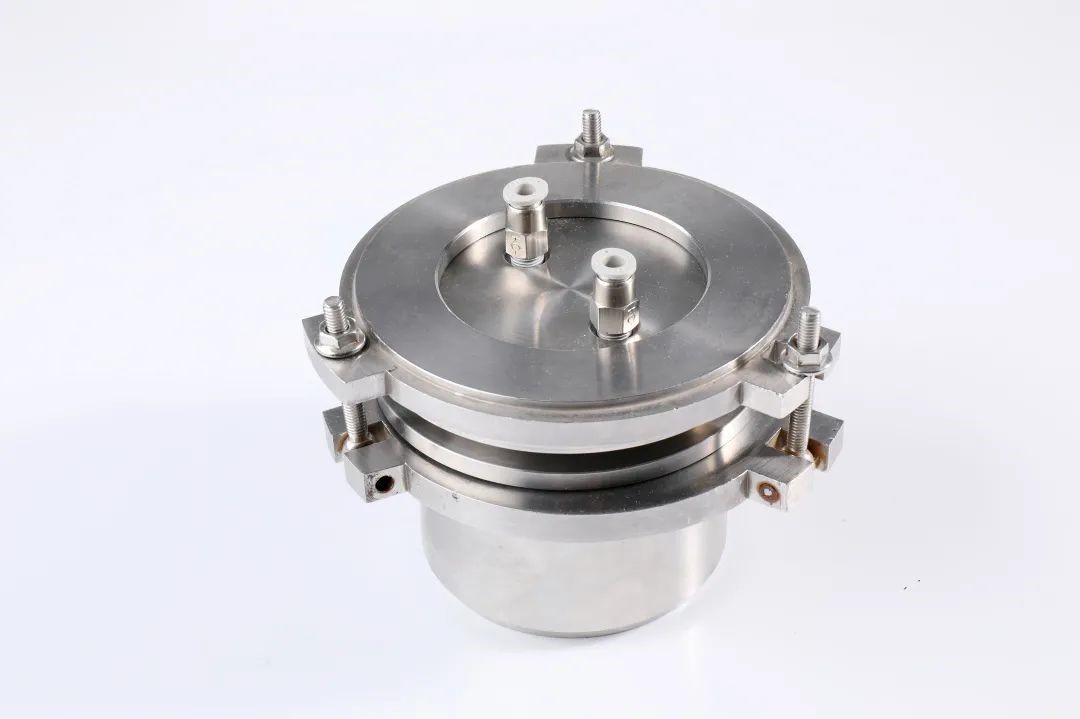
04 Ball mill of different stations
The special working principle of the planetary ball mill makes the rotational speed ratio have a direct impact on the size of the energy input and the grinding effect, while in the actual application, according to the use requirements and the desired processing capacity, you can choose the mill with 1, 2 or 4 grinding platforms, and you can also realize the customized design from 1:1 to 1:-3.5 according to the use requirements.
An efficient, stable and reliable planetary ball mill can make scientific research work twice as fast!
Choose Powteq to make your sample preparation easier and more efficient!

